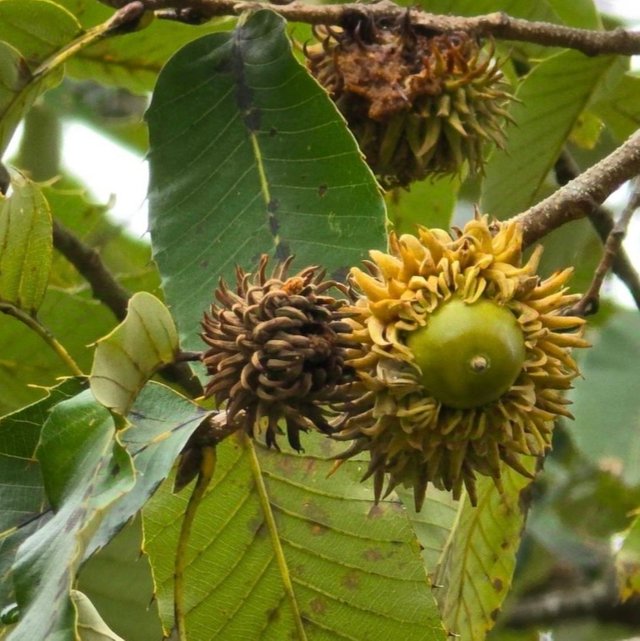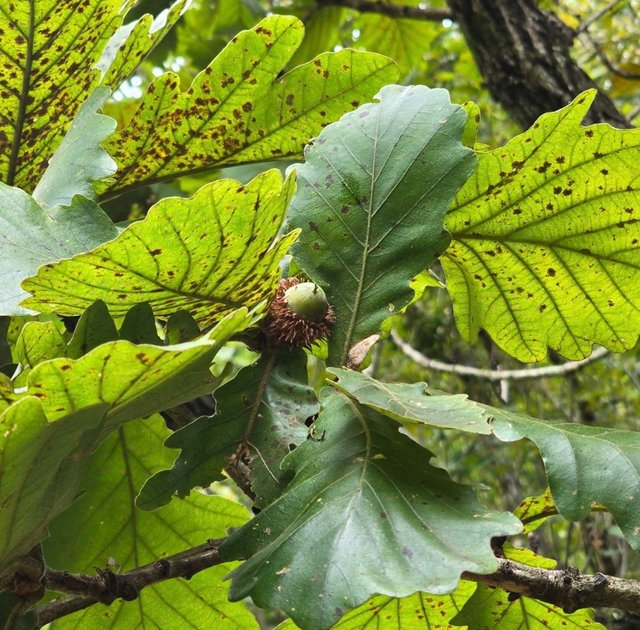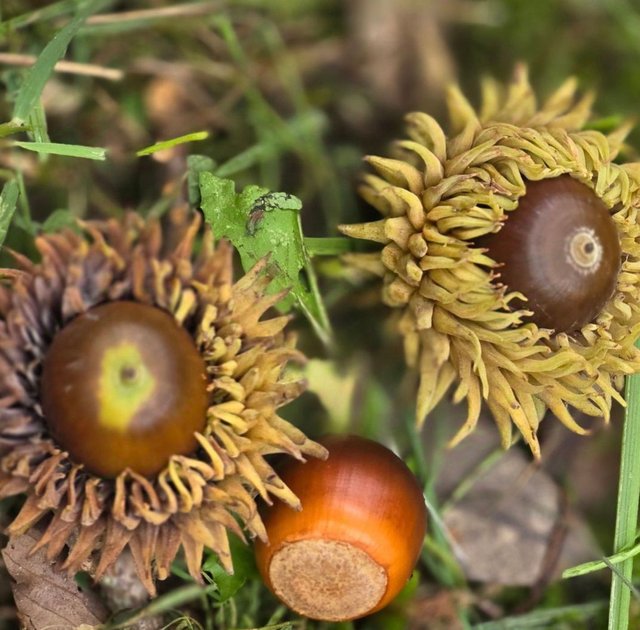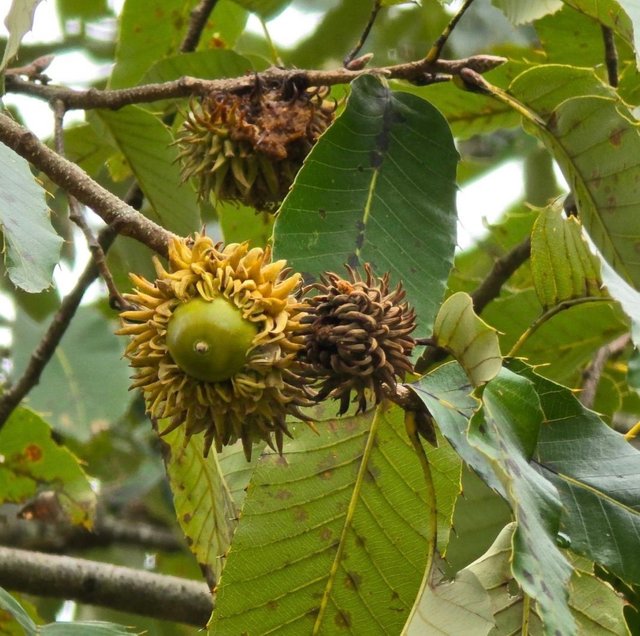Acorn Fruit




The acorn is one of the most recognizable fruits in the natural world, particularly known for its association with oak trees. Though small, it plays a vital role in the ecosystem and has a rich history in various cultures as a symbol of growth, strength, and potential.
Acorns come in various shapes and sizes, depending on the oak species. Some are small and rounded, while others are elongated or conical. They take anywhere from 6 to 24 months to mature, depending on the species of oak.Acorns are a critical food source for wildlife. Many animals depend on them, particularly during autumn and winter months when other food sources are scarce.
Squirrels, deer, birds mice, and even some insects consume acorns. For many animals, acorns are a rich source of carbohydrates, fats, and proteins, making them an ideal food to store or consume before the harsher months.Not all acorns are consumed by animals. Those left behind have the potential to grow into new oak trees, which contributes to forest regeneration. Oak trees support a wide range of biodiversity, so their regeneration is crucial for the health of ecosystems.When acorns decay, they add nutrients to the soil, helping other plants and trees thrive.
The life cycle of an acorn begins when the oak tree flowers in spring. Oak trees are monoecious, meaning they produce both male and female flowers on the same tree. After pollination, the female flowers develop into acorns, which mature by autumn.Many acorns are eaten by wildlife. Squirrels, for example, are known to bury acorns, and while they may forget about some, many acorns are consumed.If an acorn manages to avoid being eaten and lands in a suitable environment, it will germinate. This process typically happens in the spring, when warmer temperatures and moisture levels are favorable for growth. The seed within the acorn sends down a taproot first, followed by the emergence of a small shoot that will grow into the tree’s stem.